Edmund Teske
Robert Heinecken
Experimental Photomontage
past Exhibition
April 14 — July 7, 2012
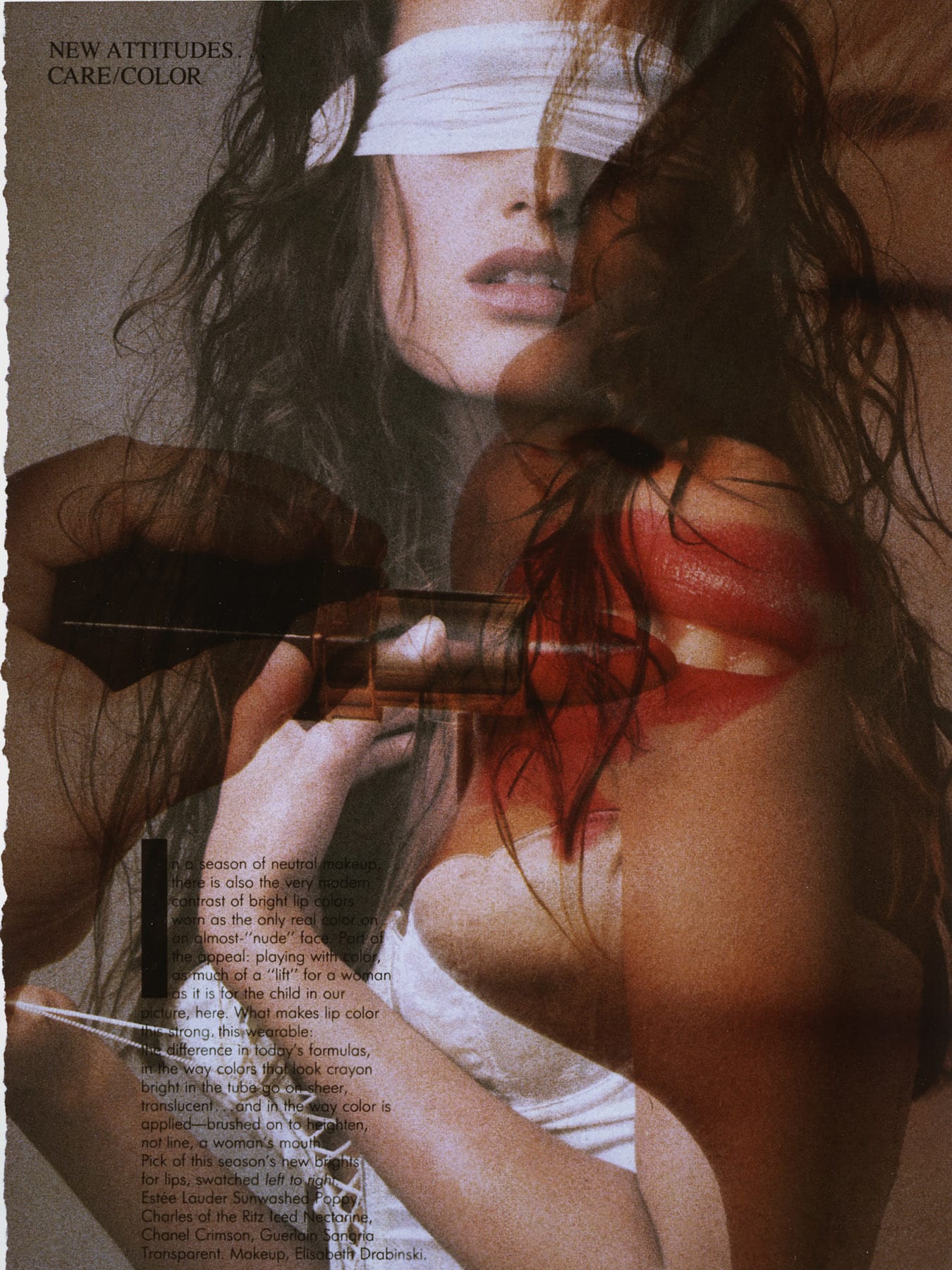
Edmund Teske
Robert Heinecken
Experimental Photomontage
past Exhibition
April 14 — July 7, 2012
The Robert Koch Gallery is pleased to present Robert Heinecken and Edmund Teske: Experimental Photomontage, an exhibition pairing these innovative photographers together for the first time. Both teachers in the University of California, Los Angeles’s influential photography program during the 1960s, Teske and Heinecken are known for their alternative approaches and processes that challenged and expanded traditional notions of the medium.
Heinecken, the founder of UCLA’s photography program, rarely used a camera, instead drawing on appropriated imagery from magazines and newspapers, and treating them to techniques like lithography, etching, camera-less exposure and photo emulsion on canvas. Teske, who began creating composite images in the mid-1930s, was a popular figure in 1960s counterculture in LA, running in circles that included Jim Morrison and filmmaker Kenneth Anger. Though Teske worked in relative obscurity during his lifetime, his persistent innovation and dedication to his own lyrical path had a profound impact on a generation of younger photographers.
Teske and Heinecken first met in the 1950s when Teske was modeling for a figure drawing class at UCLA, where Heinecken was an undergraduate. Later as colleagues, these men shared a friendship that fueled their distinct creative approaches. Heinecken referred to Teske as “a spiritual mentor,” saying Teske “allowed me to see photography as something larger and more expansive than what I thought it was. I was struck by the idea that the photograph could be manipulated and superimposed with other images. It could be poetic and not limited to reality.” Teske in turn, credits Heinecken with supporting his career at many junctures, including inviting him to join the UCLA faculty as a visiting professor from 1965-70.
The exhibition will feature two of Heinecken’s complete portfolios—Are you Rea (1968) and Recto/Verso, published by Landweber/Artists (1989)—alongside an overview of Teske’s innovative duo-tones, solarizations, and unique variants. Though both explore the terrain of composite imagery, Teske used personal source material, such as postcards and images of friends and family, and used darkroom alchemy, to explore the expressive and emotional potential of the medium, while Heinecken’s more analytic approach drew from mass media like newspapers and magazines. In the photograms on view, Heinecken projected light through a magazine page to superimpose images from both sides at once. Teske’s carefully composed images are imbued with romantic and spiritual overtones, while Heinecken exploits random combinations to excavate cultural meaning, and expose the constructedness of desire in advertising.
Robert Heinecken (1931-2006) grew up in Southern California and was a fighter pilot in the U.S. Marine Corps before earning a master’s degree in art at the University of California, Los Angeles in 1960. In 1964, he founded the graduate photography program at UCLA, where he taught until 1991. Heinecken received a Guggenheim Fellowship in 1976, and three NEA Individual Artist Grants (1977, 1981, 1986). He has been the subject of over sixty one-person shows including a retrospective at the Museum of Contemporary Art, Chicago in 1998. His monographs include: Robert Heinecken: A Material History (Center for Creative Photography, 2003), Recto/Verso (Nazraeli Press, 2006), and Robert Heinecken: Photographist (Museum of Contemporary Art Chicago, 1999).
A self-taught artist, Edmund Teske (1911-1996) worked for a commercial photography studio in Chicago in the 1930s. Over the years he sought out and met Alfred Stieglitz, Georgia O’Keeffe, Paul Strand, Ansel Adams, Moholy-Nagy and many other members of the Bauhaus/School of Design. Attracted by Hollywood, in 1943 Teske moved to Los Angeles, where he worked as a performer and photographer before joining the UCLA faculty in 1965 at Heinecken’s invitation. Teske was awarded a NEA Fellowship in 1975, and honored with a solo exhibition at the Getty Museum in 1993, and a major retrospective there in 2004. Monographs of Teske’s work include Spirit into Matter: The Photographs of Edmund Teske (Getty, 2004), Being and Becoming: Photographs by Edmund Teske (Getty, 1993), and Images from Within: The Photographs of Edmund Teske (Friends of Photography, 1980).
Featured Work
Featured Work
Edmund Teske
Gertrude Teske Composite with Olive Hill, Hollywood, 1932, 1948 / printed 1974
Gelatin silver print
13 1/2 x 8 5/8 in.
Robert Heinecken
Recto/Verso #2 from Recto/Verso Portfolio, 1989
Silver dye-bleach print photogram
14 x 11 in.
Robert Heinecken
Recto/Verso #1 from Recto/Verso Portfolio, 1989
Silver dye-bleach print photogram
14 x 11 in.
Robert Heinecken
Recto/Verso #3, from "Recto/Verso" Portfolio, 1989
Silver dye-bleach print photogram
14 x 11 in.
Robert Heinecken
Recto/Verso #4, from "Recto/Verso" Portfolio, 1989
Silver dye-bleach print photogram
14 x 11 in.
Robert Heinecken
Recto/Verso #5, from "Recto/Verso" Portfolio, 1989
Silver dye-bleach print photogram
14 x 11 in.
Robert Heinecken
Recto/Verso #6, from "Recto/Verso" Portfolio, 1989
Silver dye-bleach print photogram
14 x 11 in.
Robert Heinecken
Recto/Verso #7, from "Recto/Verso" Portfolio, 1989
Silver dye-bleach print photogram
14 x 11 in.
Robert Heinecken
Recto/Verso #8, from "Recto/Verso" Portfolio, 1989
Silver dye-bleach print photogram
14 x 11 in.
Robert Heinecken
Recto/Verso #9, from "Recto/Verso" Portfolio, 1989
Silver dye-bleach print photogram
14 x 11 in.
Robert Heinecken
Recto/Verso #10, from "Recto/Verso" Portfolio, 1989
Silver dye-bleach print photogram
14 x 11 in.
Robert Heinecken
Recto/Verso #11, from "Recto/Verso" Portfolio, 1989
Silver dye-bleach print photogram
14 x 11 in.
Robert Heinecken
Recto/Verso #12, from "Recto/Verso" Portfolio, 1989
Silver dye-bleach print photogram
14 x 11 in.
Edmund Teske
Portrait Young Girl, 1960
Duotone solarized gelatin silver print
9 15/16 x 8 in.
Edmund Teske
Mono Lake, California, 1971/1977
Duotone solarized gelatin silver print
Edmund Teske
Male Nude Composite with Found Object, 1942 and 1979 / Printed Fall 1979
Duotone solarized gelatin silver print
10 x 7 3/4 in. image on 11 x 8 1/2 in. sheet
Edmund Teske
Floral Study, 1960
Duotone solarized gelatin silver print
13 7/8 x 10 3/4 in.
Edmund Teske
Francis Walker Montrose composite Mono Lake, 1971 and 1976/ Printed 1976
Gelatin silver print
13 1/2 x 9 3/8 in. image
Edmund Teske
Davenport, Iowa, Triptych: Composite with Shirley Berman and Male Nude, 1941, 1942, and 1956 / printed 1977
Gelatin silver print
13 1/4 x 9 1/4 in. image and sheet
Edmund Teske
Shiva composite with Shirley Berman and Madison Grammar School Demolition, 1938, 1956, and 1974/ Printed 1977
Gelatin silver print
6 1/4 x 6 10/16 in. image on 9 5/8 x 7 1/8 in. sheet
Edmund Teske
Frank Lloyd Wright- An American Portrait, 1936/1945
Gelatin silver print
10 x 13 1/2 in. image on 11 x 14 in. sheet
Edmund Teske
Jaques Henri Lartigue composite Mt. Whitney, 1961 and 1971 / printed 1972
Gelatin silver print
6 3/8 x 10 1/4 in. image on 6 9/16 x 10 1/2 in. sheet
Edmund Teske
Gertrude Teske composite Hollyhock House of Frank Lloyd Wright, 1937 and 1945 / printed 1974
Gelatin silver print
9 5/16 x 13 3/16 in. image on 11 x 14 in. sheet
Edmund Teske
Jim Morrison composite Abstraction, 1969/1971
Solarized gelatin silver print
10 3/4 x 13 3/4 in. image on 10 7/8 x 13 7/8 in. image
Edmund Teske
Floral Study, 1960
Duotone solarized gelatin silver print
13 7/8 x 11 in.
Edmund Teske
Olga Teske Schultz composite Mount Whitney, 1971 and 1975 / printed 1975
Duotone solarized gelatin silver print
12 7/8 x 9 1/4 in. image on 13 15/16 x 11 in. sheet
Edmund Teske
Mono Lake composite San Franciso portrait of Franklin Montrose, 1971 and 1976 / Printed 1976
Gelatin silver print
13 x 9 1/2 in. image on 14 x 11 in. sheet
Edmund Teske
Jane Lawrence composite, Zuma Beach, California, 1944 and 1947 / printed 1960s
Gelatin silver print
6 3/4 x 9 1/2 in. image on 7 x 9 3/4 in. sheet
Edmund Teske
James Whitney composite Mono Lake, 1948 and 1971/ printed 1970s
Duotone solarized gelatin silver print
12 3/4 x 9 1/2 in. image on 14 x 11 in. sheet
Edmund Teske
Jim Morrison composite old barn Cripple Creek, Colorado, 1969 and 1982 / printed 1983
Gelatin silver print
9 1/4 x 7 7/8 in.
Edmund Teske
Jim Morrison, Pamela Courson, Bronson Caves, Hollywood, composite with abstraction, 1969/1970
Gelatin silver print
6 3/4 x 7 11/16 in. image on 7 5/8 x 8 in.
Edmund Teske
Jim Morrison and the Doors composite with abstraction, 1970
Gelatin silver print
9 1/4 x 6 3/4 in. image on 9 7/8 x 8 in. sheet
Edmund Teske
Bill Allard composite Mono Lake, 1964 and 1971/ Printed 1976
Gelatin silver print
13 1/2 x 9 1/2 in. image on 22 3/4 x 15 in. mount
Edmund Teske
Jack Elliot, the Rambler, Topanga Canyon, California, 1953/1972
Gelatin silver print
13 1/4 x 9 1/4 in. image on 13 15/16 x 10 7/8 in. sheet
Edmund Teske
Vicky Palermo composite, 1964, 1964/1969
Gelatin silver print
11 1/4 x 10 15/16 in. image on 13 11/16 x 10 7/8 in. sheet
Edmund Teske
Vicky Palermo, Bill Allard composite 1964, 1964
Duotone solarized gelatin silver print
13 x 9 1/8 in. image on 13 7/8 x 10 7/8 in. sheet
Edmund Teske
Bill Allard, Vicky Palermo composite with Poppy, 1964
Gelatin silver print
11 7/8 x 8 3/8 in. image on 13 7/8 x 10 7/8 in. sheet
Edmund Teske
Twinka, 1976
Solarized gelatin silver print
13 3/8 x 9 1/4 in. image on 14 x 11 in. sheet
Edmund Teske
Belgian Underground (Two sides of 1940s magazine page of girl’s face), 1960s
Gelatin silver print
12 3/8 x 9 1/2 in. image on 13 7/8 x 10 13/16 in. sheet
Edmund Teske
Untitled (Vincent Van Gogh postcard, two sides), 1960s
Gelatin silver print
12 7/8 x 9 in. image on 14 x 11 in. sheet
Edmund Teske
Photogram (plant and doll), 1950s
Printing out paper
9 3/4 x 7 3/4 in. image on 10 x 8 in. sheet
Robert Heinecken
Are You Rea #1, from "Are You Rea" Portfolio, 1989
Lithograph
13 x 10 in.
Robert Heinecken
Are You Rea #2, from "Are You Rea" Portfolio,
Undefined
Robert Heinecken
Are You Rea #3, from "Are You Rea" Portfolio, 1989
Lithograph
13 x 10 in.
Robert Heinecken
Are You Rea #4, from "Are You Rea" Portfolio, 1989
Lithograph
13 x 10 in.
Robert Heinecken
Are You Rea #5, from "Are You Rea" Portfolio, 1989
Lithograph
13 x 10 in.
Robert Heinecken
Are You Rea #6, from "Are You Rea" Portfolio, 1989
Lithograph
13 x 10 in.
Robert Heinecken
Are You Rea #7, from "Are You Rea" Portfolio, 1989
Lithograph
13 x 10 in.
Robert Heinecken
Are You Rea #8, from "Are You Rea" Portfolio, 1989
Lithograph
13 x 10 in.
Robert Heinecken
Are You Rea #9, from "Are You Rea" Portfolio, 1989
Lithograph
13 x 10 in.
Robert Heinecken
Are You Rea #10, from "Are You Rea" Portfolio, 1989
Lithograph
13 x 10 in.
Robert Heinecken
Are You Rea #11, from "Are You Rea" Portfolio, 1989
Lithograph
13 x 10 in.
Robert Heinecken
Are You Rea #12, from "Are You Rea" Portfolio, 1989
Lithograph
13 x 10 in.
Robert Heinecken
Are You Rea #13, from "Are You Rea" Portfolio, 1989
Lithograph
13 x 10 in.
Robert Heinecken
Are You Rea #14, from "Are You Rea" Portfolio, 1989
Lithograph
13 x 10 in.
Robert Heinecken
Are You Rea #15, from "Are You Rea" Portfolio, 1989
Lithograph
13 x 10 in.
Robert Heinecken
Are You Rea #16, from "Are You Rea" Portfolio, 1989
Lithograph
13 x 10 in.
Robert Heinecken
Are You Rea #17, from "Are You Rea" Portfolio, 1989
Lithograph
13 x 10 in.
Robert Heinecken
Are You Rea #18, from "Are You Rea" Portfolio, 1989
Lithograph
13 x 10 in.
Robert Heinecken
Are You Rea #19, from "Are You Rea" Portfolio, 1989
Lithograph
13 x 10 in.
Robert Heinecken
Are You Rea #20, from "Are You Rea" Portfolio, 1989
Lithograph
Robert Heinecken
Are You Rea #21, from "Are You Rea" Portfolio, 1989
Lithograph
13 x 10 in.
Robert Heinecken
Are You Rea #22, from "Are You Rea" Portfolio, 1989
LIthograph
13 x 10 in.
Robert Heinecken
Are You Rea #23, from "Are You Rea" Portfolio, 1989
Lithograph
13 x 10 in.
Robert Heinecken
Are You Rea #24, from "Are You Rea" Portfolio, 1989
Lithograph
13 x 10 in.
Robert Heinecken
Are You Rea #25, from "Are You Rea" Portfolio, 1989
Lithograph
13 x 10 in.
Edmund Teske
Robert Heinecken
April 14 — July 7, 2012
-
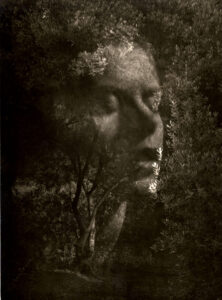
Edmund Teske
Gertrude Teske Composite with Olive Hill, Hollywood
-
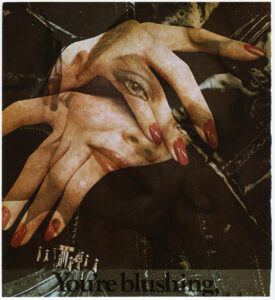
Robert Heinecken
Recto/Verso #2 from Recto/Verso Portfolio
-
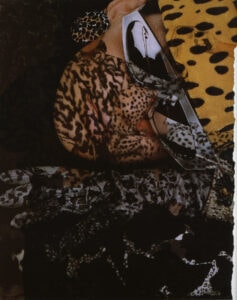
Robert Heinecken
Recto/Verso #1 from Recto/Verso Portfolio
-
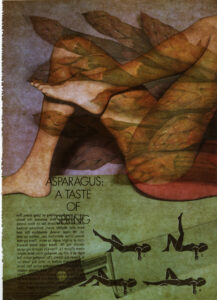
Robert Heinecken
Recto/Verso #3, from "Recto/Verso" Portfolio
-
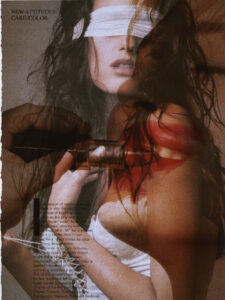
Robert Heinecken
Recto/Verso #4, from "Recto/Verso" Portfolio
-
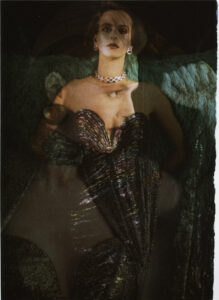
Robert Heinecken
Recto/Verso #5, from "Recto/Verso" Portfolio
-
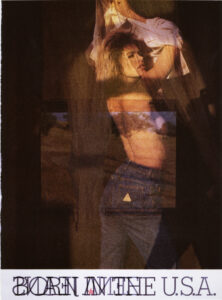
Robert Heinecken
Recto/Verso #6, from "Recto/Verso" Portfolio
-
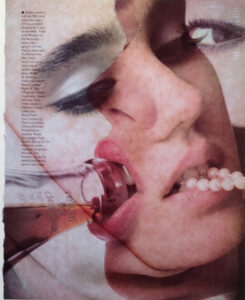
Robert Heinecken
Recto/Verso #7, from "Recto/Verso" Portfolio
-
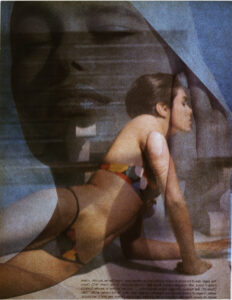
Robert Heinecken
Recto/Verso #8, from "Recto/Verso" Portfolio
-
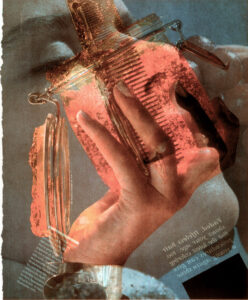
Robert Heinecken
Recto/Verso #9, from "Recto/Verso" Portfolio
-
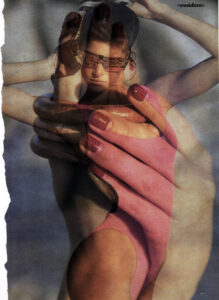
Robert Heinecken
Recto/Verso #10, from "Recto/Verso" Portfolio
-
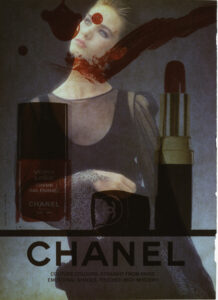
Robert Heinecken
Recto/Verso #11, from "Recto/Verso" Portfolio
-
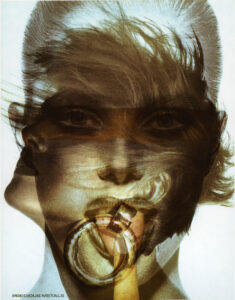
Robert Heinecken
Recto/Verso #12, from "Recto/Verso" Portfolio
-
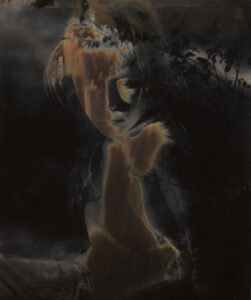
Edmund Teske
Portrait Young Girl
-
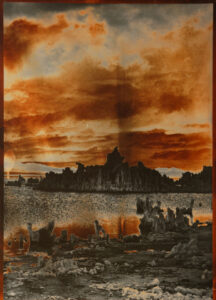
Edmund Teske
Mono Lake, California
-
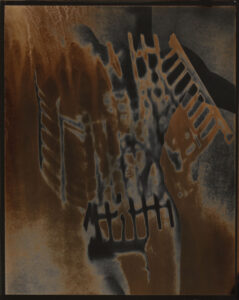
Edmund Teske
Male Nude Composite with Found Object
-
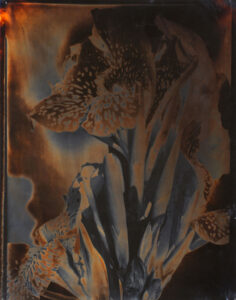
Edmund Teske
Floral Study
-

Edmund Teske
Francis Walker Montrose composite Mono Lake
-
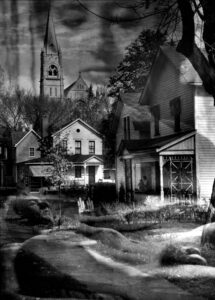
Edmund Teske
Davenport, Iowa, Triptych: Composite with Shirley Berman and Male Nude
-
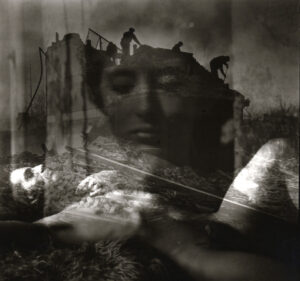
Edmund Teske
Shiva composite with Shirley Berman and Madison Grammar School Demolition
-
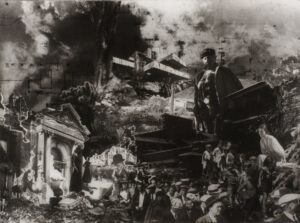
Edmund Teske
Frank Lloyd Wright- An American Portrait
-
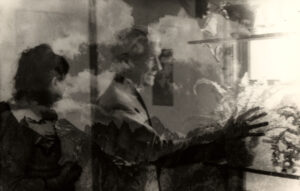
Edmund Teske
Jaques Henri Lartigue composite Mt. Whitney
-
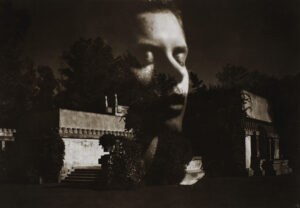
Edmund Teske
Gertrude Teske composite Hollyhock House of Frank Lloyd Wright
-
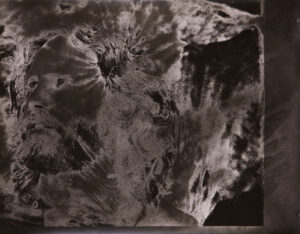
Edmund Teske
Jim Morrison composite Abstraction
-
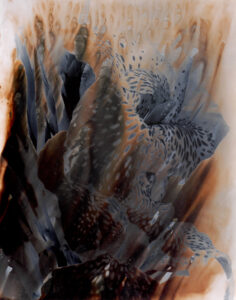
Edmund Teske
Floral Study
-

Edmund Teske
Olga Teske Schultz composite Mount Whitney
-
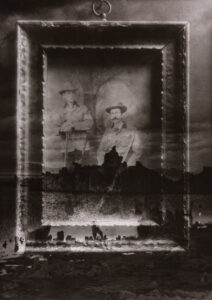
Edmund Teske
Mono Lake composite San Franciso portrait of Franklin Montrose
-
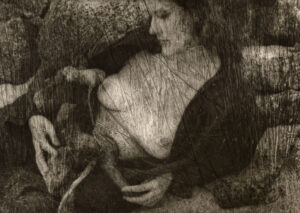
Edmund Teske
Jane Lawrence composite, Zuma Beach, California
-
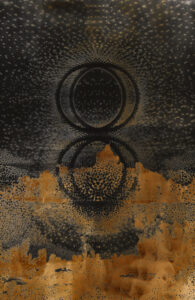
Edmund Teske
James Whitney composite Mono Lake
-
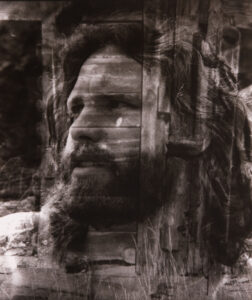
Edmund Teske
Jim Morrison composite old barn Cripple Creek, Colorado
-

Edmund Teske
Jim Morrison, Pamela Courson, Bronson Caves, Hollywood, composite with abstraction
-
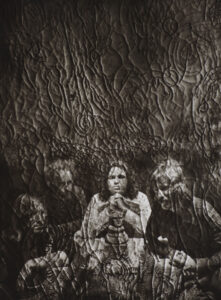
Edmund Teske
Jim Morrison and the Doors composite with abstraction
-
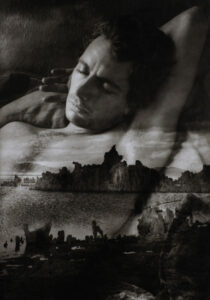
Edmund Teske
Bill Allard composite Mono Lake
-
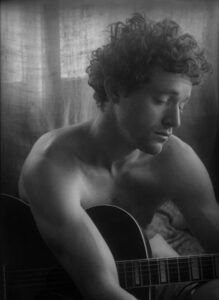
Edmund Teske
Jack Elliot, the Rambler, Topanga Canyon, California
-
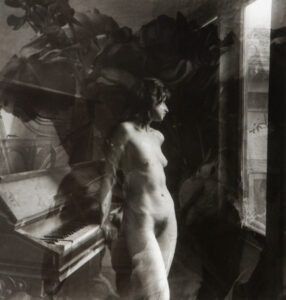
Edmund Teske
Vicky Palermo composite, 1964
-
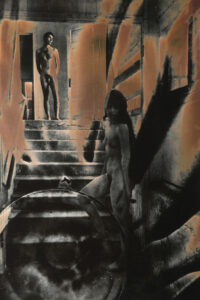
Edmund Teske
Vicky Palermo, Bill Allard composite 1964
-
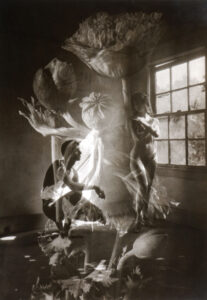
Edmund Teske
Bill Allard, Vicky Palermo composite with Poppy
-
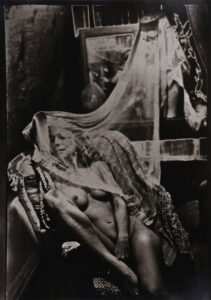
Edmund Teske
Twinka
-

Edmund Teske
Belgian Underground (Two sides of 1940s magazine page of girl’s face)
-
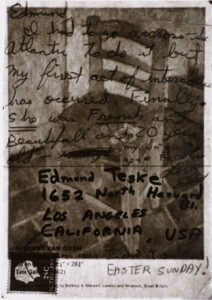
Edmund Teske
Untitled (Vincent Van Gogh postcard, two sides)
-
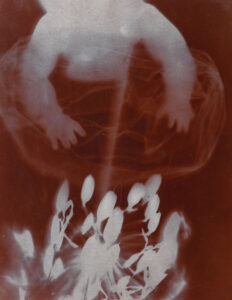
Edmund Teske
Photogram (plant and doll)
-
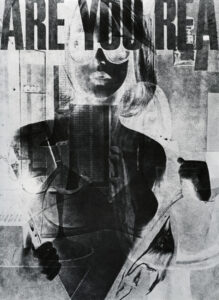
Robert Heinecken
Are You Rea #1, from "Are You Rea" Portfolio
-
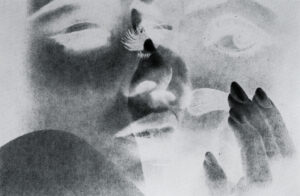
Robert Heinecken
Are You Rea #2, from "Are You Rea" Portfolio
-
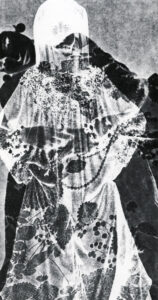
Robert Heinecken
Are You Rea #3, from "Are You Rea" Portfolio
-
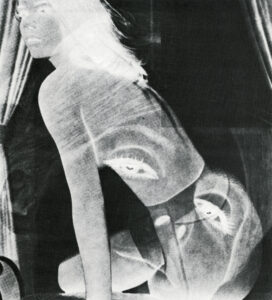
Robert Heinecken
Are You Rea #4, from "Are You Rea" Portfolio
-
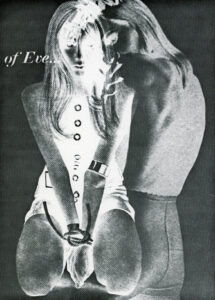
Robert Heinecken
Are You Rea #5, from "Are You Rea" Portfolio
-
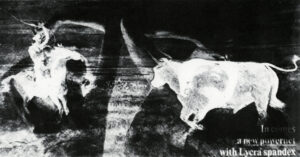
Robert Heinecken
Are You Rea #6, from "Are You Rea" Portfolio
-

Robert Heinecken
Are You Rea #7, from "Are You Rea" Portfolio
-
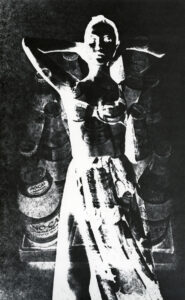
Robert Heinecken
Are You Rea #8, from "Are You Rea" Portfolio
-
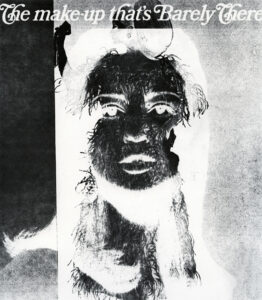
Robert Heinecken
Are You Rea #9, from "Are You Rea" Portfolio
-

Robert Heinecken
Are You Rea #10, from "Are You Rea" Portfolio
-
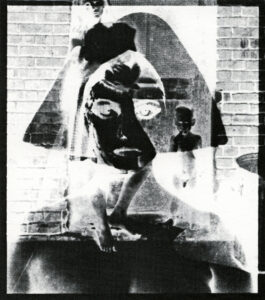
Robert Heinecken
Are You Rea #11, from "Are You Rea" Portfolio
-

Robert Heinecken
Are You Rea #12, from "Are You Rea" Portfolio
-
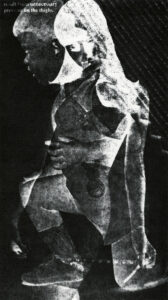
Robert Heinecken
Are You Rea #13, from "Are You Rea" Portfolio
-
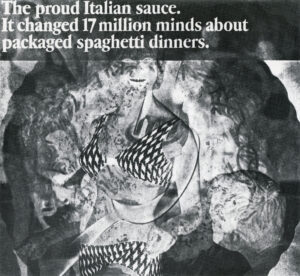
Robert Heinecken
Are You Rea #14, from "Are You Rea" Portfolio
-
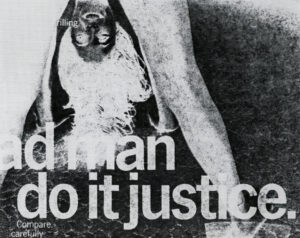
Robert Heinecken
Are You Rea #15, from "Are You Rea" Portfolio
-

Robert Heinecken
Are You Rea #16, from "Are You Rea" Portfolio
-
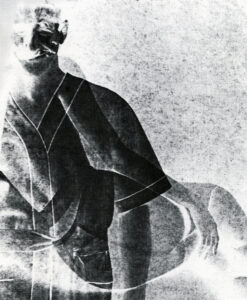
Robert Heinecken
Are You Rea #17, from "Are You Rea" Portfolio
-
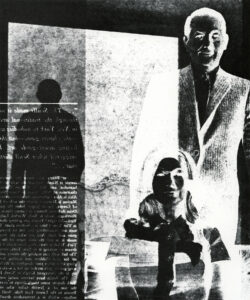
Robert Heinecken
Are You Rea #18, from "Are You Rea" Portfolio
-
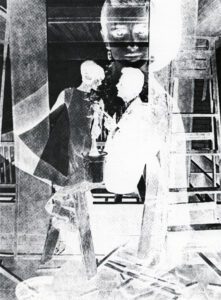
Robert Heinecken
Are You Rea #19, from "Are You Rea" Portfolio
-
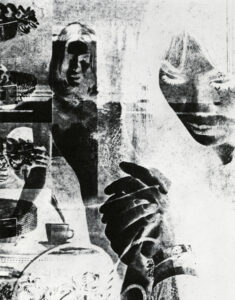
Robert Heinecken
Are You Rea #20, from "Are You Rea" Portfolio
-

Robert Heinecken
Are You Rea #21, from "Are You Rea" Portfolio
-
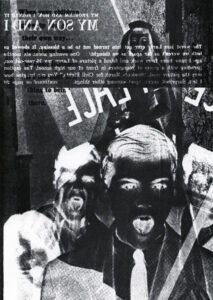
Robert Heinecken
Are You Rea #22, from "Are You Rea" Portfolio
-
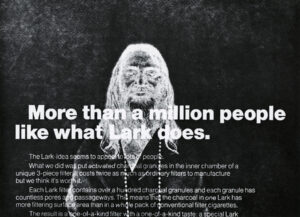
Robert Heinecken
Are You Rea #23, from "Are You Rea" Portfolio
-
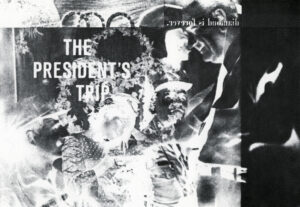
Robert Heinecken
Are You Rea #24, from "Are You Rea" Portfolio
-
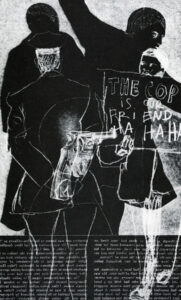
Robert Heinecken
Are You Rea #25, from "Are You Rea" Portfolio